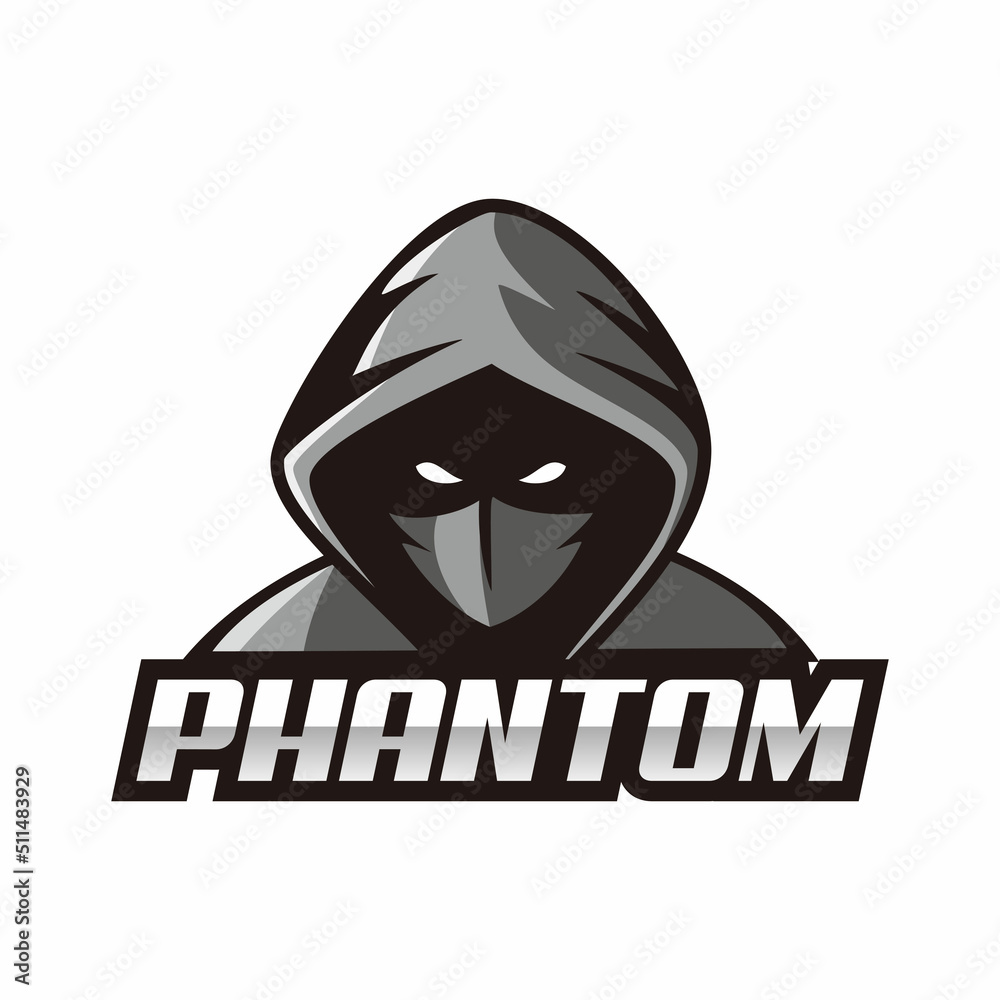Okay, so check this out—managing a Solana portfolio these days feels like juggling flaming torches while riding a unicycle. Seriously. The ecosystem is evolving fast, and if you’re still stuck with basic wallets or clunky interfaces, you’re missing the boat. Something felt off about traditional portfolio management tools; they just don’t mesh well with the speed and complexity of Solana’s DeFi and metaverse projects. I wasn’t sure why at first, but then it hit me—the wallet you choose isn’t just about holding tokens anymore. It’s your gateway to liquidity pools, virtual worlds, and seamless integration.
Whoa! The idea of combining portfolio management with liquidity provision and metaverse access all in one spot? That’s a game changer. But let’s not get ahead of ourselves.
Initially, I thought managing assets across different Solana dApps meant hopping between a dozen apps or wallets, each with its quirks and security headaches. Actually, wait—let me rephrase that—while that’s true for some setups, there’s a slicker way now. The rise of wallets like phantom wallet shows how a unified interface can reduce friction. It’s not just about storing SOL or SPL tokens; it’s about actively managing your complete digital footprint.
Here’s the thing. Liquidity provision on Solana, compared to Ethereum, is relatively new but growing crazy fast. Providing liquidity in AMMs (Automated Market Makers) like Raydium or Orca requires constant attention to impermanent loss and yield shifts. Many users overlook how tightly their wallet experience impacts their ability to monitor and adjust liquidity positions in real-time. I mean, missing alerts or awkward UX can cost you serious gains.
My gut told me that a wallet that integrates portfolio tracking with direct liquidity management tools would be insanely valuable. Turns out, it’s not just a gut feeling—users report much better control with solutions that combine these features seamlessly.
Now, diving a bit deeper—managing liquidity isn’t just about dumping tokens into a pool and hoping for the best. You gotta think about how your exposure shifts as prices fluctuate, plus how your staking rewards compound. On one hand, having everything centralized feels risky security-wise, though actually, with trusted wallets implementing hardware support and multi-factor authentication, it’s safer than ever.
Still, I’m biased, but the Phantom wallet’s interface just makes this whole process less painful. It’s like the difference between a clunky old flip phone and a slick smartphone. You can glance at your portfolio’s health, adjust your liquidity positions, and even explore metaverse apps—all without jumping platforms.
Speaking of the metaverse, this is where things get really wild. Solana’s low fees and fast transactions make it perfect for virtual worlds and NFTs, but integrating your portfolio with metaverse assets requires more than just wallet support. You want a wallet that acts like your digital passport, granting access to games, social hubs, and marketplaces with zero hassle.
Check this out—some metaverse platforms on Solana allow you to stake your NFTs or even use your tokens as collateral for virtual real estate. Managing all that through a single wallet interface? That’s next-level convenience.
But wait, there’s a catch. Not all wallets support smooth metaverse integration, which can lead to fragmented experiences. Imagine buying a virtual plot, then realizing your wallet can’t interact with the marketplace properly. Frustrating, right?
That’s why I keep coming back to the phantom wallet. It’s like the Swiss Army knife for Solana users wanting to bridge portfolio management, liquidity provision, and metaverse involvement. The wallet developers keep rolling out updates that feel very in tune with what the community actually needs, not just flashy gimmicks.
Here’s what bugs me about many crypto tools—they often overpromise and underdeliver on usability. But Phantom nails a balance between power and simplicity. You get real-time portfolio snapshots, easy token swaps, direct liquidity pool interactions, and metaverse connection points all in one place.
So what’s the bigger picture here? If you’re diving into Solana’s ecosystem seriously, you gotta think beyond just holding tokens. Your wallet should be an active management hub. That means keeping tabs on how your liquidity is performing, spotting when to pull out or add more, and exploring metaverse opportunities without friction.
And yeah, I get it—there’s a lot of noise out there. New wallets, new dApps, all promising to be the next big thing. But honestly, the ones that integrate portfolio, liquidity, and metaverse functions with a clean, secure interface stand out. Phantom wallet is that rare gem, at least in my experience.

By the way, if you haven’t tried it yet, giving the phantom wallet a spin might just change how you think about managing your crypto assets on Solana. It’s not just a wallet—it’s becoming your digital command center.
Now, I’m not 100% sure if this all will scale perfectly as Solana’s ecosystem grows exponentially, but the direction feels right. Imagine a future where your wallet feels less like a passive vault and more like an interactive dashboard, letting you react instantly to market shifts and virtual world events.
And oh, by the way, this also solves a subtle but very real problem—wallet fatigue. Juggling multiple wallets and apps fragments your focus and increases risk. Consolidation with tools like Phantom could reduce that mental load significantly.
Anyway, if you’re serious about Solana, liquidity, and metaverse integration, consider upgrading your approach. It’s not just about owning tokens—it’s about managing a living, breathing portfolio that works for you.
Common Questions About Solana Portfolio and Phantom Wallet
Can I manage liquidity pools directly from Phantom wallet?
Yes! Phantom supports direct interaction with popular Solana AMMs, letting you add or remove liquidity without needing to switch apps.
Does Phantom wallet support metaverse assets?
Absolutely. Phantom is designed to work seamlessly with Solana-based NFTs and metaverse platforms, making it easier to use your assets in virtual worlds.
Is it safe to manage all these features in one wallet?
While centralizing functions increases convenience, it’s crucial to follow best security practices. Phantom implements advanced security protocols, but always stay vigilant.



Leave a reply